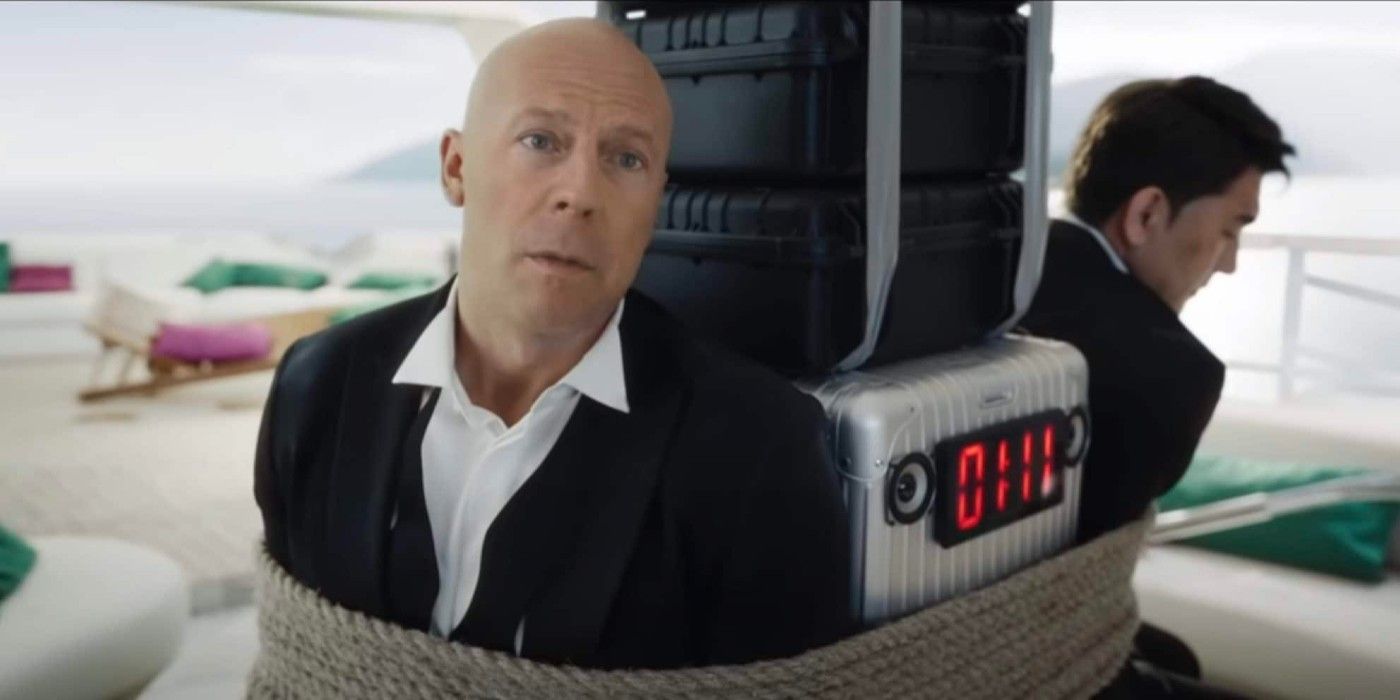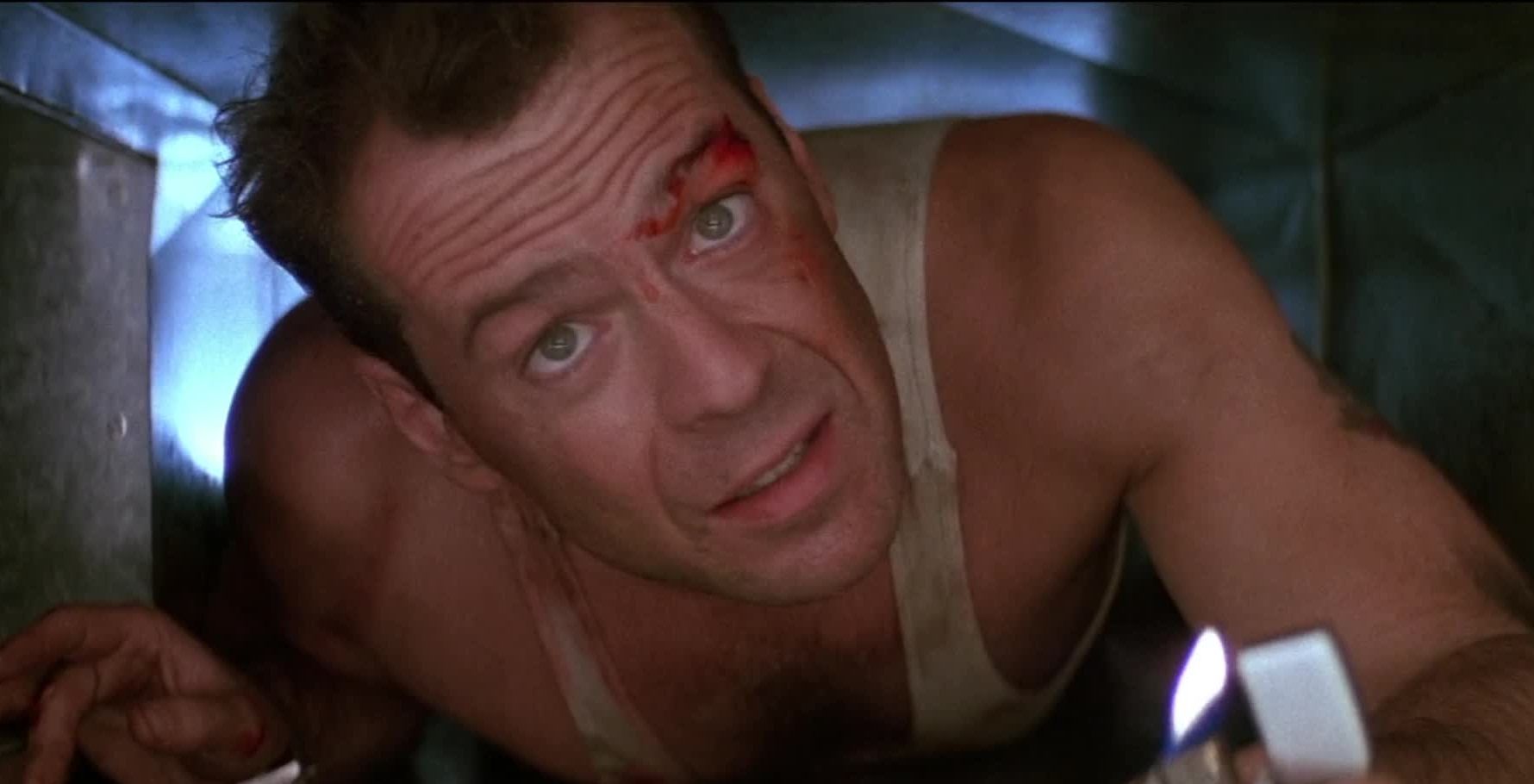Bruce Willis becomes the first Hollywood star to sell his likeness for deepfake use. Willis is known for his various film and television roles over the past 40 years, beginning with his breakthrough on the ABC series Moonlighting in 1985. After that, it wasn't long until he debuted as iconic action hero John McClane in 1988's Die Hard, later reprising the role for four sequels. In the later years of his career, Willis starred in many low-budget direct-to-video releases.
Earlier this year, it was announced by his family that Willis was stepping away from acting after being diagnosed with aphasia. The neurological condition affects a person's ability to read, listen, and speak, which is especially impactful for an actor since they are required to memorize and recite lines. While many assumed that Willis' diagnosis and subsequent retirement meant that audiences would never see the actor on screen again, that might not be the case due to the advent of deepfake technology.
Deepfake studio Deepcake (via The Telegraph) have inked a deal with Bruce Willis, making him the first Hollywood star to sell his likeness. The actor officially signed his rights over to Deepcake. According to Deepcake's website, the studio hired a "digital twin" of the actor for a European advertising campaign, with Willis writing about the technology in the following statement:
I liked the precision of my character. It's a great opportunity for me to go back in time. The neural network was trained on content of "Die Hard" and "Fifth Element", so my character is similar to the images of that time. With the advent of the modern technology, I could communicate, work and participate in filming, even being on another continent. It's a brand new and interesting experience for me, and I am grateful to our team.
Will Bruce Willis Star In Movies and TV Via Deepfake Technology?
Using modern deepfake technology, Willis appeared in a commercial for the Russian phone service MegaFon in 2021. The actor appeared in the commercial without ever being on a set and his face was digitally transplanted onto another performer. In a statement, Willis expressed how pleased he was with how the project turned out, as it gave him an "opportunity to go back in time." Other than that commercial, it's unclear if Deepcake has complete control over Willis' likeness, or if his estate has the final say over how it will be used in the future. With Willis' career coming to an end, this could be a way for the actor to remain somewhat active going forward.
As deepfake technology has improved in recent years, there has been growing ethical concerns about recreating someone's likeness on screen. While some see it as a nice way to remember beloved actors, others believe it is disrespectful to a person's legacy. In the case of Willis, the actor has given his consent to see where this could go, so perhaps there is no reason for concern. The technology's potential has already been showcased by the Star Wars franchise in Rogue One, The Mandalorian, and The Book of Boba Fett. In the same vein, it would be possible for a digital twin of Willis to grace the screen as John McClane in a new Die Hard movie. For now, Bruce Willis has ventured into uncharted territory, and it will be interesting to see where it leads.
UPDATE: 2022/10/01 22:23 EST BY GRANT HERMANNS
In a statement made to Yahoo! Entertainment, Willis' representatives have since debunked the reports that Willis had sold his deepfake likeness rights to Deepcake, citing the early reports as nothing but rumors.
Source: Deepcake (via The Telegraph)


